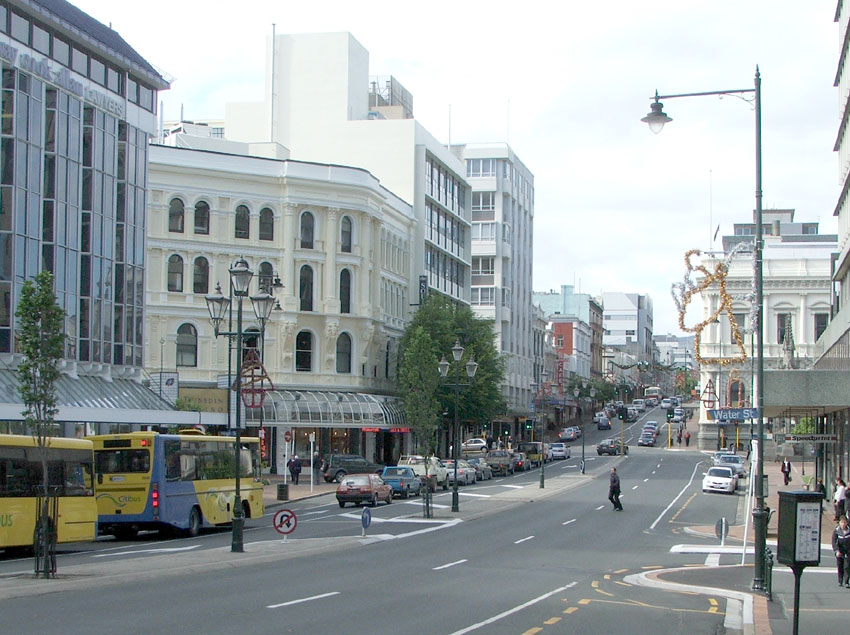16 Land use development trip reduction planning
16.0.1 Description
Regulations and incentives for urban developments to include trip reduction policies. This typically includes:
- Location in a walkable and transit-oriented neighborhood.
- Reduced car parking supply, high-quality bicycle parking, and clothes changing facilities at worksites.
- Cost recovery parking pricing and unbundling (parking is rented separately from building space, so rather than paying $2,000 per month for an apartment that includes one parking space, tenants pay $1,800 for the apartment plus $200 per month for each parking space they use).
- On-site car- and bike-share services.
- Discounts for transit, taxi and ridehailing fares.
- Commute trip reduction and transportation management programs, depending on type of development.
16.0.2 Type of travel affected
Depends on type. Residential building trip reduction planning can reduce all types of personal trips. Commercial building trip reduction planning can reduce commute and customer vehicle travel.
16.0.3 How travel and emission effects can be measured and modelled
Research indicates that current transport models significantly exaggerate trip and parking generation rates for developments in compact, multimodal neighborhoods, which undervalues Smart Growth development policies (Schneider, Handy and Shafizadeh 2014). New models can better predict the travel reductions provided by more accessible location and local vehicle trip reduction programs.
16.0.4 Secondary impacts
Vehicle travel reduction programs can provide many benefits to residents and communities including parking cost savings, transportation affordability, health and safety benefits, and local traffic reductions.
16.0.5 Key Information sources
Boston (2021), Transportation Demand Management (TDM) Point System, City of Boston (www.boston.gov); at https://bit.ly/3DP1Z1q.
All large new development projects must submit a transportation demand management plan. The city provides this information for developing those plans.
Caltrans (2020), Vehicle Miles Traveled-Focused Transportation Impact Study Guide, California Department of Transportation (https://dot.ca.gov); at https://bit.ly/3DDSm5H.
Camille A. Galdes and Justin Schor (2022), Don’t Underestimate Your Property: Forecasting Trips and Managing Density Over the Long Term in Fairfax County, Virginia, Wells and Assoc. (www.wellsandassociates.com); at www.wellsandassociates.com/research/property-trip-forecasting-fairfax-county.
Green Trip Program (http://transformca.org/GreenTRIP) is a certification program that rewards projects that apply strategies to reduce traffic and greenhouse gas emissions.
Robert J. Schneider, Susan L. Handy and Kevan Shafizadeh (2014), "Trip Generation for Smart Growth Projects," ACCESS 45, pp. 10-15; at http://tinyurl.com/oye8aqj. Also see the Smart Growth Trip-Generation Adjustment Tool (http://ultrans.its.ucdavis.edu/projects/smart-growth-trip-generation).
Detailed study finds that conventional traffic models significantly overstate vehicle ownership and trip generation rates in compact, multimodal neighborhoods, which undervalues Smart Growth development policies.
San Francisco TDM Tool (www.sftdmtool.org), and Step-by-Step Instructions for Creating a TDM Plan (http://sf-planning.org/shift-transportation-demand-management-tdm).
Provides specific guidance for transportation planners and engineers, developers and building managers to encourage more efficient transportation, for various land use types and conditions. It gives points for each TDM strategy that can be used to evaluate program effectiveness.





























